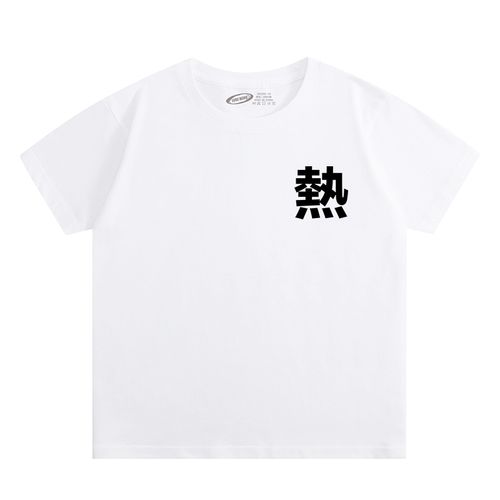Polyester and nylon fabrics are common synthetic fiber materials that are widely used in clothing, home furnishings, and industry. They both offer some degree of wear resistance, but differ in some ways. The following is a comparison of the wear resistance of polyester fiber and nylon fabrics:
1. The wear resistance of polyester fiber: Polyester fiber has better wear resistance Wear resistance, can withstand repeated friction and wear. It is a high-strength, compact fiber that is resistant to cracks and tears and has good wrinkle resistance. The abrasion resistance of polyester fiber makes it suitable for daily wear and outdoor sportswear.
2. Wear resistance of nylon fabric: Nylon is a very wear-resistant synthetic fiber and is widely used to make durable clothing and outdoor equipment. Nylon fiber has high strength and wear resistance, and its fiber structure is compact and flexible. Nylon fabrics are more abrasion-resistant than polyester and can better resist friction and wear.
In general, nylon fabrics have better wear resistance than polyester fibers. The high strength and flexibility of nylon fiber allows it to withstand the wear and tear of longer periods of time and more severe use conditions, such as friction and scrubbing during outdoor sports. As a result, nylon fabrics are more common in applications that require greater durability and abrasion resistance, such as mountaineering clothing, military equipment, and backpacks.
However, it should be noted that wear resistance is also affected by other factors, such as textile structure, fabric processing and finishing treatments. Different weaving methods and treatments may affect the abrasion resistance of polyester and nylon fabrics. Therefore, when selecting fabrics, you should also consider the specific application scenarios and needs, and understand the textile technology and processing technology of the fabrics to make more accurate choices.
Please note that the above information is based on a general comparison of the wear resistance of polyester and nylon fabrics, and is not specific to specific brands or products. If you need more detailed and specific information, it is recommended to refer to the technical guidance provided by the fabric manufacturer or consult a professional.





